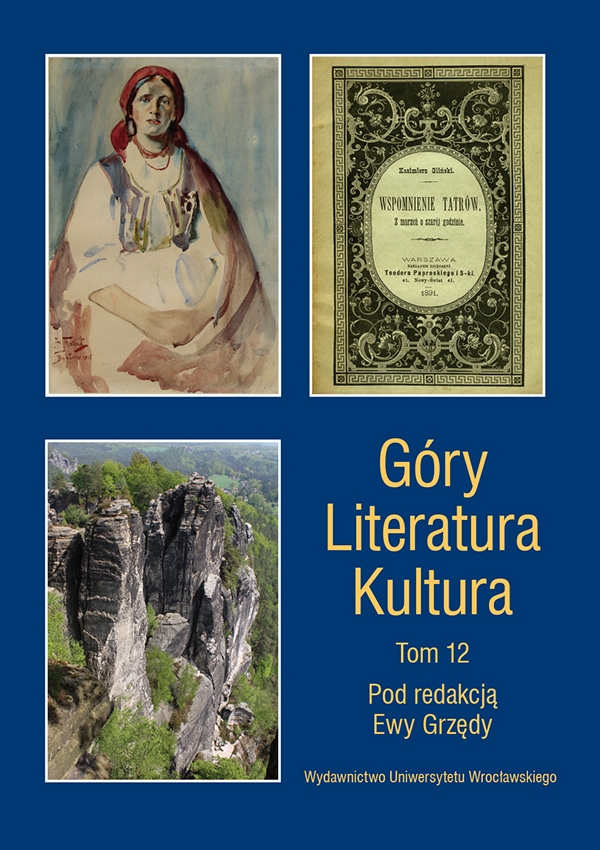

Articles and dissertations

From travel accounts to guidebooks: The beginnings of guidebooks to the Giant Mountains Karkonosze for travellers in the late 18th and early 19th century
In the history of European tourism the Giant Mountains Karkonosze occupy a unique place thanks to the Chapel of St. Lawrence, funded by Count Christoph Leopold Schaffgotsch and located on the summit of Śnieżka. Its construction in the Habsburg dominions in the turbulent period of the Counter-Reformation was meant to finally put an end to the Silesian-Bohemian border dispute and become a visible sign of Catholic rule over the highest mountain range of the two neighbouring countries. The construction of the chapel also marked the beginning of tourism in the highest range of the Sudetes; initially, its nature was religious and focused on pilgrimages to the summit of Śnieżka, featuring, in addition to local inhabitants, also sanatorium visitors to Cieplice Warmbrunn, which was owned by the Schaffgotschs.
After the three Silesian Wars, as a result of which the lands to the north of the mountains were separated from the Habsburgs’ Kingdom of Bohemia, the situation in the region changed radically. The Counter-Reformation pressure ceased and the Lutherans began to grow in importance, supported as they were by the decidedly pro-Protestant Prussian state, governed by its tolerant monarch.
The period was also marked by an unprecedented growth in the literature on the Giant Mountains — there were poems Tralles, nature studies Volkmar and travel accounts GutsMuths, Troschel and others written about the highest range of the Sudetes. A special role among these writings was played by works aimed at introducing the public from the capital Berlin to the new province of the Kingdom of Prussia, especially to the mountains, so exotic from the point of view of the “groves and sands” of Brandenburg. These publications were written primarily by Lutheran clergymen, which was not without significance to the nature of the works. This was also a time when the first guidebooks to the Giant Mountains were written, with many of their authors also coming from the same milieu.
What emerges from this image is a kind of confessionalisation of tourism in the highest mountains of Silesia and Bohemia: on the one hand there are mass Catholic pilgrimages and on the other — a new type of individual tourists who, with a book in hand, traverse mountain paths in a decidedly more independent fashion.